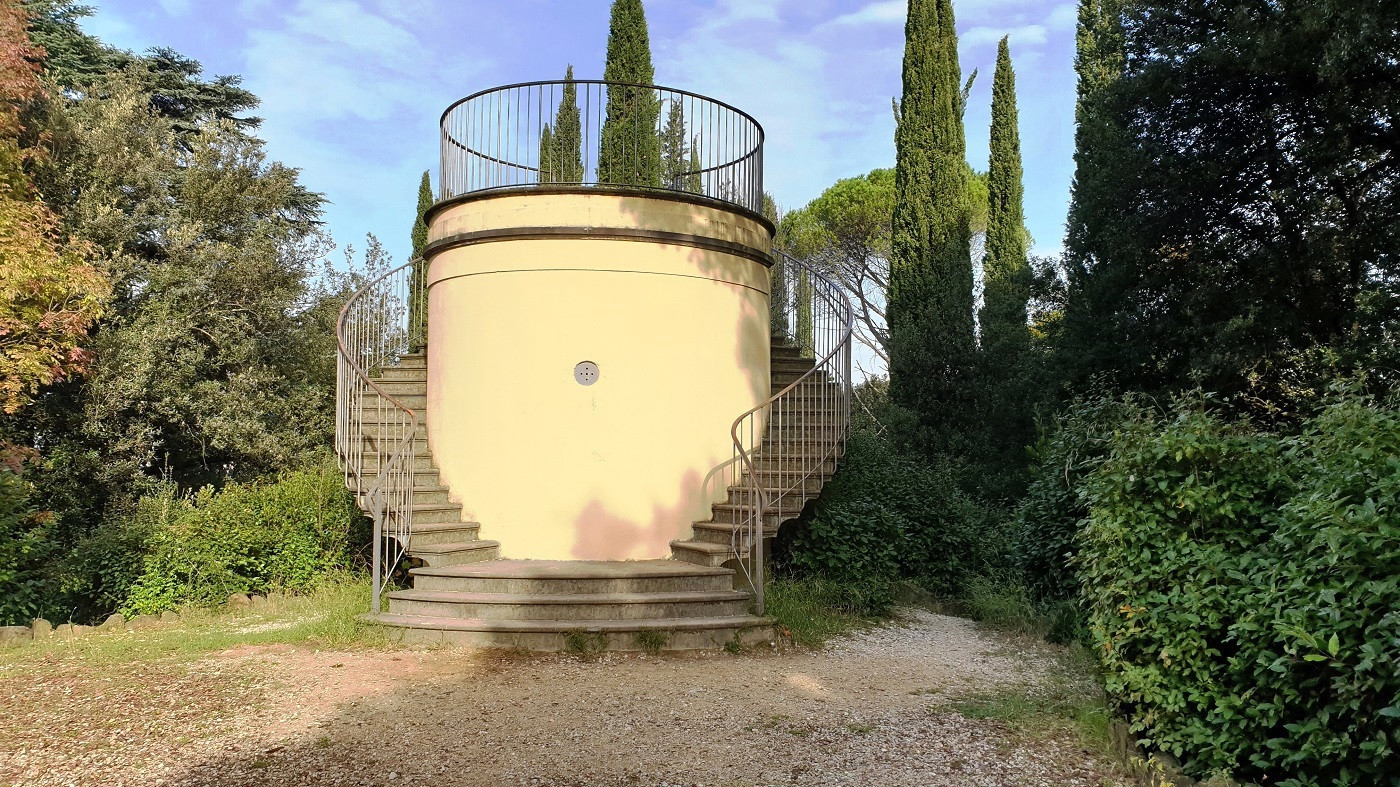
The Gardens of Florence - Villa Strozzi
The villa and the large park were one of the private
residences of the Strozzi family, built in the mid-16th century by Giovan
Battista di Lorenzo Strozzi. The Strozzi were a family of bankers, perhaps the
richest of the time, long enemies of the Medici. Their palace in the center of
Florence is considered the most beautiful Renaissance palace in the city. The
origin of the family name is curious, from the name or nickname of the
progenitor "Strozza" (1275), a word that indicated the pendants that
descend from the yoke of the oxen and pass around the throat (the
"strozza" in fact, strozzare in Italian means to strangle). Among the ancestors we also find Lisa Gherandini del Giocondo, the Mona Lisa portrayed by Leonardo da Vinci! Currently the Guicciardini-Strozzi are one of the most important producers of Vernaccia di San Gimignano wine. The very
extensive park occupies an entire hill and includes a lime wood and an English
garden with equipped play areas, lawns and patches of planetrees, horse-chestnuts,
pines, yews and Judas trees. At the highest point, at the top of the hill,
there is the Observatory, probably astronomy was a passion of the ancient owners.
Destiny wanted the two most important Florentine urban architects (after the
great Renaissance architects of course!) to work here: Giuseppe Poggi (1811 -
1901), who managed the urban reorganization of Florence in the second half of
the 19th century and to whom we owe the avenues and Piazzale Michelangelo, and
Giovanni Michelucci (1891 - 1990), one of the most famous architects of the
twentieth century, designer of the Florence Railway Station and the Chiesa dell’Autostrada.
In the mid-1800s, Prince Ferdinando Strozzi entrusted Poggi with the task of
restoring and redesigning the villa and park. In 1972 the villa was purchased
by the Municipality of Florence, which opened it to the public and entrusted
the renovation of the buildings to Giovanni Michelucci. The Limonaia,
transformed into a theater, is considered one of his masterpieces. Entrance
from via Pisana and via di Soffiano.



